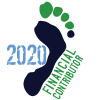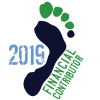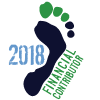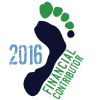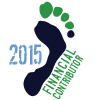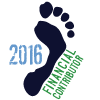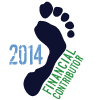Hi all,
Just thought I'd stop by here and say an official - "Hi" from Maidstone, Kent, UK !
A little back story as to why I've just signed up here.
I've been running (conventional shoes) for about 2 1/2 years, and just fulfilled a life long dream of running the London Marathon a weekend or so back.
I'm super chuffed to have completed it (5hrs 20). However I struggled for the last 10miles or so with an angry IT band that reduced me to walk/run for most of that.
Since the marathon I've been doing a lot of reflecting and thinking about what to do next, and I'd love to do another marathon one day....BUT I'd like to do it in a better time and be able to enjoy it more (pain-free?)
So I've been doing lots of research into improvements in my form / technique that would help prevent IT band issues and some of that research has introduced me to the whole idea of barefoot/minimalist shoes.
I've got a friend who swears by Vibrams and so here I am reading, learning, trying to work out what the next steps of my journey are going to be!
One of the key themes that comes through the advice I've seen so far, is to take the transition VERY gradually.
2 questions arise for me at the moment.
1. What is the best sort of surface to start on ? (I'm happy to start barefoot to enable feet to learn best) - Grass ? Slightly shingly path? Pavement?
2. If doing some very small barefoot interval stuff 30sec walk/30sec run - would I be best to only be doing that, or mix in some conventionally shod 5ks in the week as well ?
That'll probably do for now...I know I have much to learn and am excited to see where this journey will take me!
Anthony
Just thought I'd stop by here and say an official - "Hi" from Maidstone, Kent, UK !
A little back story as to why I've just signed up here.
I've been running (conventional shoes) for about 2 1/2 years, and just fulfilled a life long dream of running the London Marathon a weekend or so back.
I'm super chuffed to have completed it (5hrs 20). However I struggled for the last 10miles or so with an angry IT band that reduced me to walk/run for most of that.
Since the marathon I've been doing a lot of reflecting and thinking about what to do next, and I'd love to do another marathon one day....BUT I'd like to do it in a better time and be able to enjoy it more (pain-free?)
So I've been doing lots of research into improvements in my form / technique that would help prevent IT band issues and some of that research has introduced me to the whole idea of barefoot/minimalist shoes.
I've got a friend who swears by Vibrams and so here I am reading, learning, trying to work out what the next steps of my journey are going to be!
One of the key themes that comes through the advice I've seen so far, is to take the transition VERY gradually.
2 questions arise for me at the moment.
1. What is the best sort of surface to start on ? (I'm happy to start barefoot to enable feet to learn best) - Grass ? Slightly shingly path? Pavement?
2. If doing some very small barefoot interval stuff 30sec walk/30sec run - would I be best to only be doing that, or mix in some conventionally shod 5ks in the week as well ?
That'll probably do for now...I know I have much to learn and am excited to see where this journey will take me!
Anthony



